Something about it feels off.
Maybe it’s the angles, the lack of symmetry in the face… The eerie randomness.
With DALL-E 2, Midjourney and Stable Diffusion, the market for AI-generated images has exploded. At least the supply side, that is.
The problem with AI-generated images for marketers
Have a look around the Aalho Media website. (And our services). All the featured images are AI images. How do they make you feel? Does it make a difference now that you know for sure that they’re AI generated?
It doesn’t take long for someone to acquire a spidey sense for spotting AI generated images. Midjourney has spiky demons, DALL-E Mini lacks detail in weird places… And one you start focusing on AI-generated images, you’ll see them everywhere.
The cons of AI-generated images for brands are:
- They feel cheap
- They lack consistency
- They’re low-resolution
In many ways, they’re the opposite of a brand.
The promise of AI generated images for brands
All is not as bleak as a /imagine a demon burning in a lake of fire.

In 2021, the AI art scene was so limited in its capabilities that marketers didn’t really have to worry about it. We had Artbreeder with furries and Microsoft landscapes. In 2022, we have a whole host of algorithms and service providers like Midjourney that are actually very proficient in what they do.
The pros of AI-generated images for brands are:
- It’s easy, cheap and fast to generate unique images
Let’s stop there.
It’s easy, cheap and fast to generate unique images. That’s… crazy. Anyone who’s worked in marketing knows how fast you burn through brand images. Seven days after the long-awaited brand shoot you’re usually left with one image you end up using everywhere.
After that it’s back to Unsplash.
“But AI generated images are so unoriginal…”
Completely agree.
But remember that one phase where all tech startups had the same geometric characters in the first fold? The exaggerated proportions and minimalistic faces?
Something like the first fold of the affiliate platform sovrn.com.
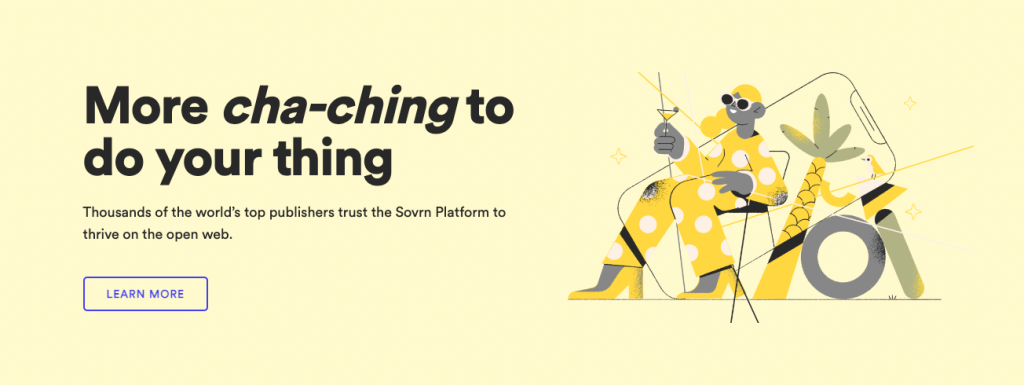
Design trends come and go. When someone zags, others zag, too. Some zig. Some zug. But they all do something that starts with a Z.
Originality is a myth. AI-generated images are uninspired and repetitive. They only rehash the creativity of others.
But are they really that different from brands? At least brands other than your own?
How brands can use AI-generated images
Looking at AI asset generation from a positive perspective, it’s fairly easy to come up with scenarios in which brands can already start using tools like Midjourney.
1. Internal image needs
Bespoke illustrations for company internal presentations and documentation. Instead of a stock photo of people smiling while eating salad, you can now have AI art of salad smiling while eating people.
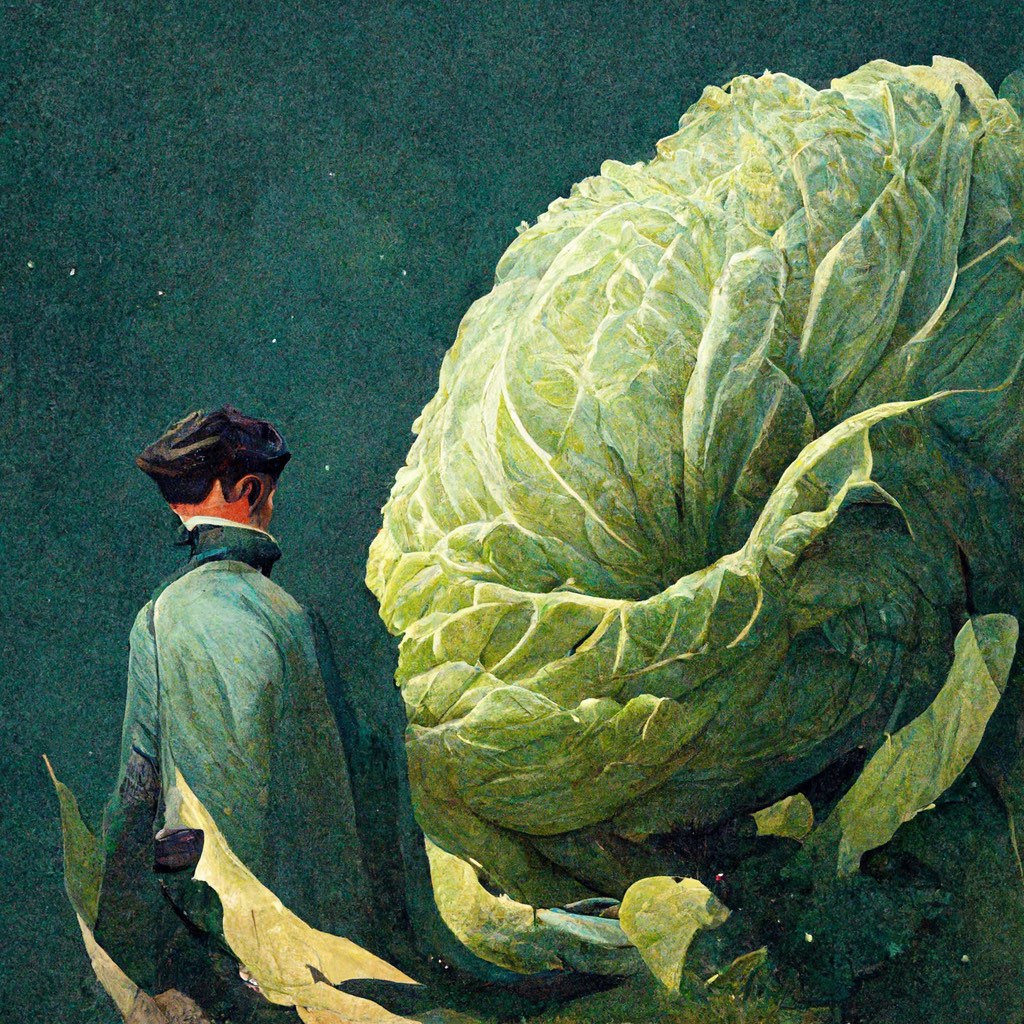
2. Unique illustrations for content marketing
Instead of using free Unsplash stock images for your new blog post, you can use an AI-generated illustration that more closely matches the content of the post.
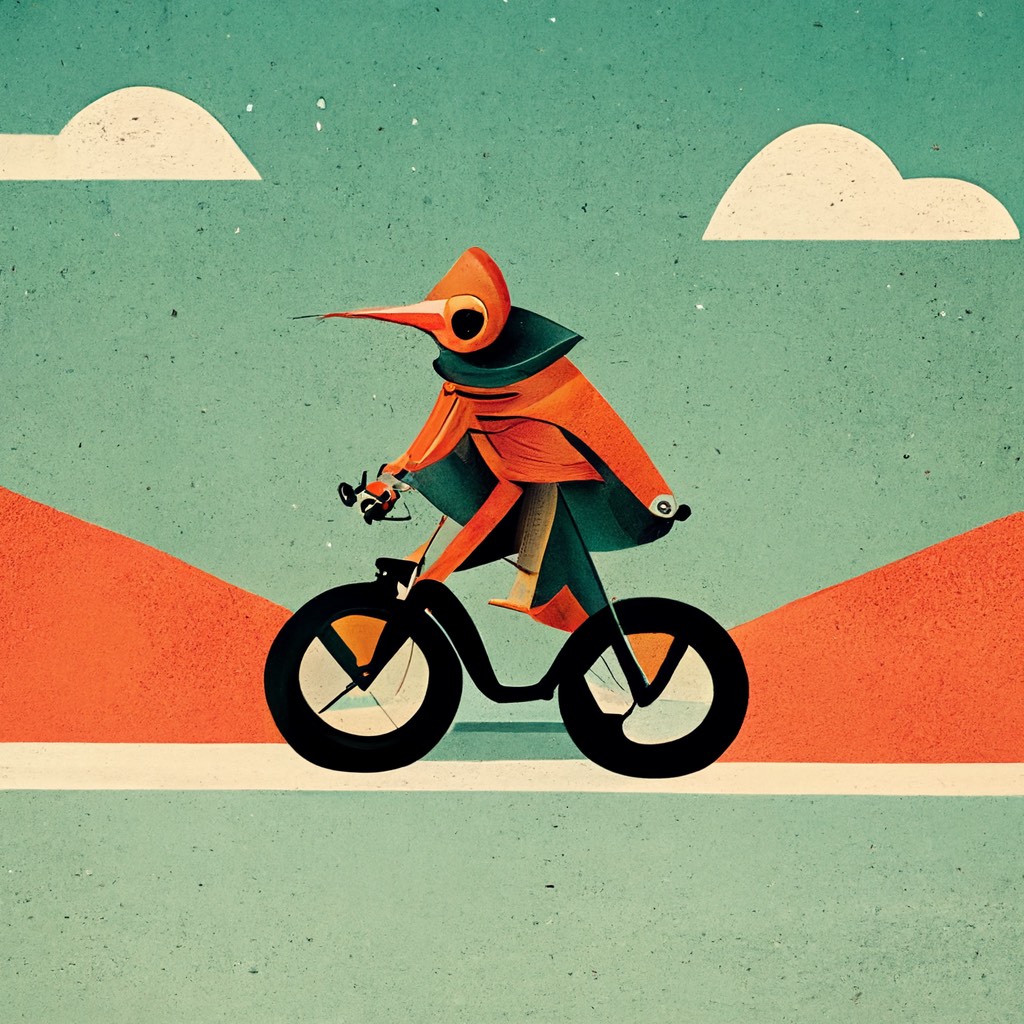
3. Feeding the conversion optimization machine with variants
Friction. Friction. Friction.
When something’s easy to do, it gets done. If it’s easy to do 2 variants for a PPC ad campaign, you’ll do 2 variants. If it’s easy to do 10 variants, you’ll do it. AI-generated variants make life easier for the conversion-focused marketer.

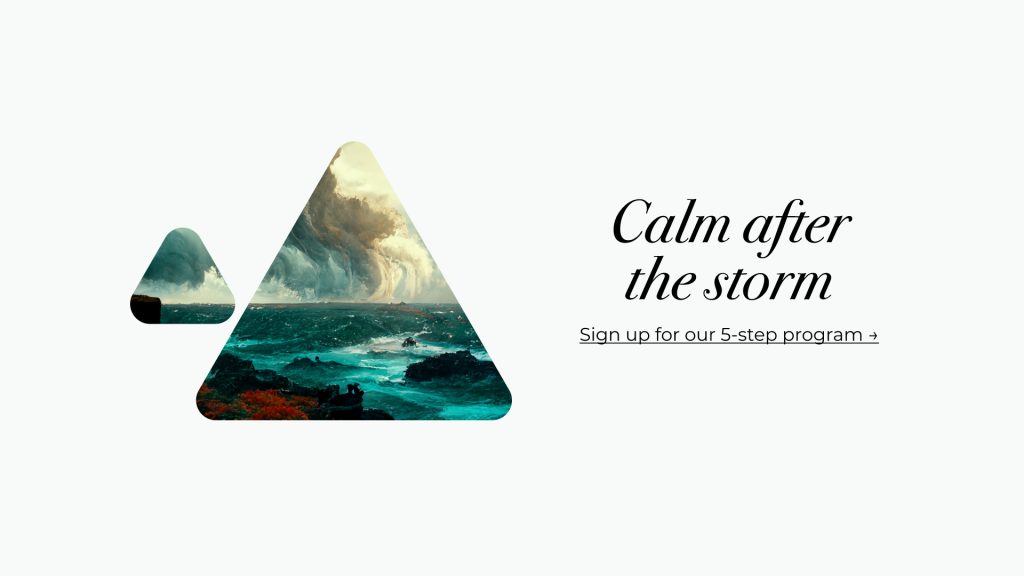
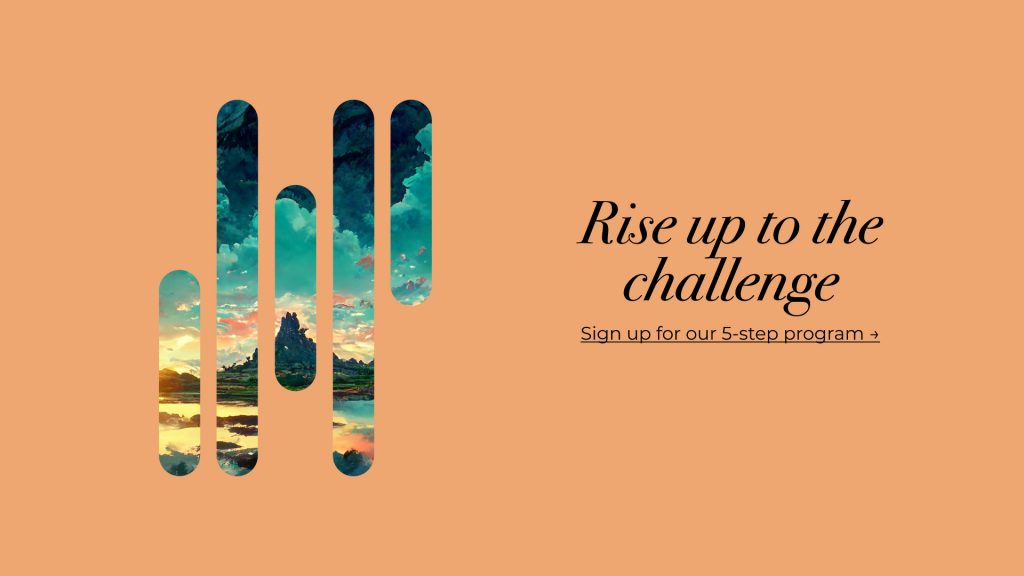
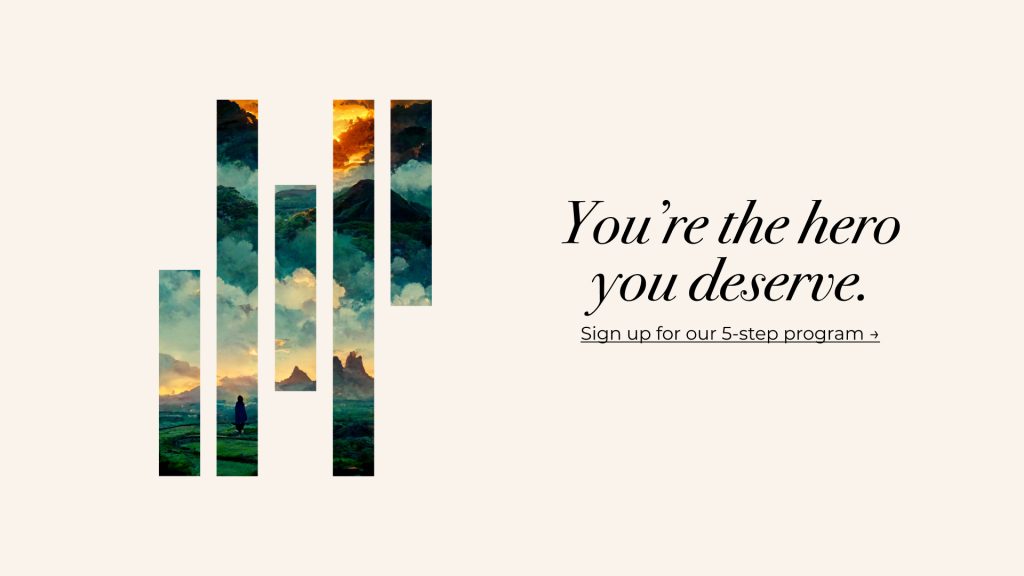
4. As a part of the normal design process
As AI (or what we call AI in our investor decks) progresses, we keep moving the goalposts. Yesterday, we were not impressed with asymmetrical, low-resolution poppy fields. Today it’s cheap Monet ripoffs.

AI-image generation is just one of the AIs that we’ll ultimately absorb into our creative processes. Embrace the change and I’ll embrace you.
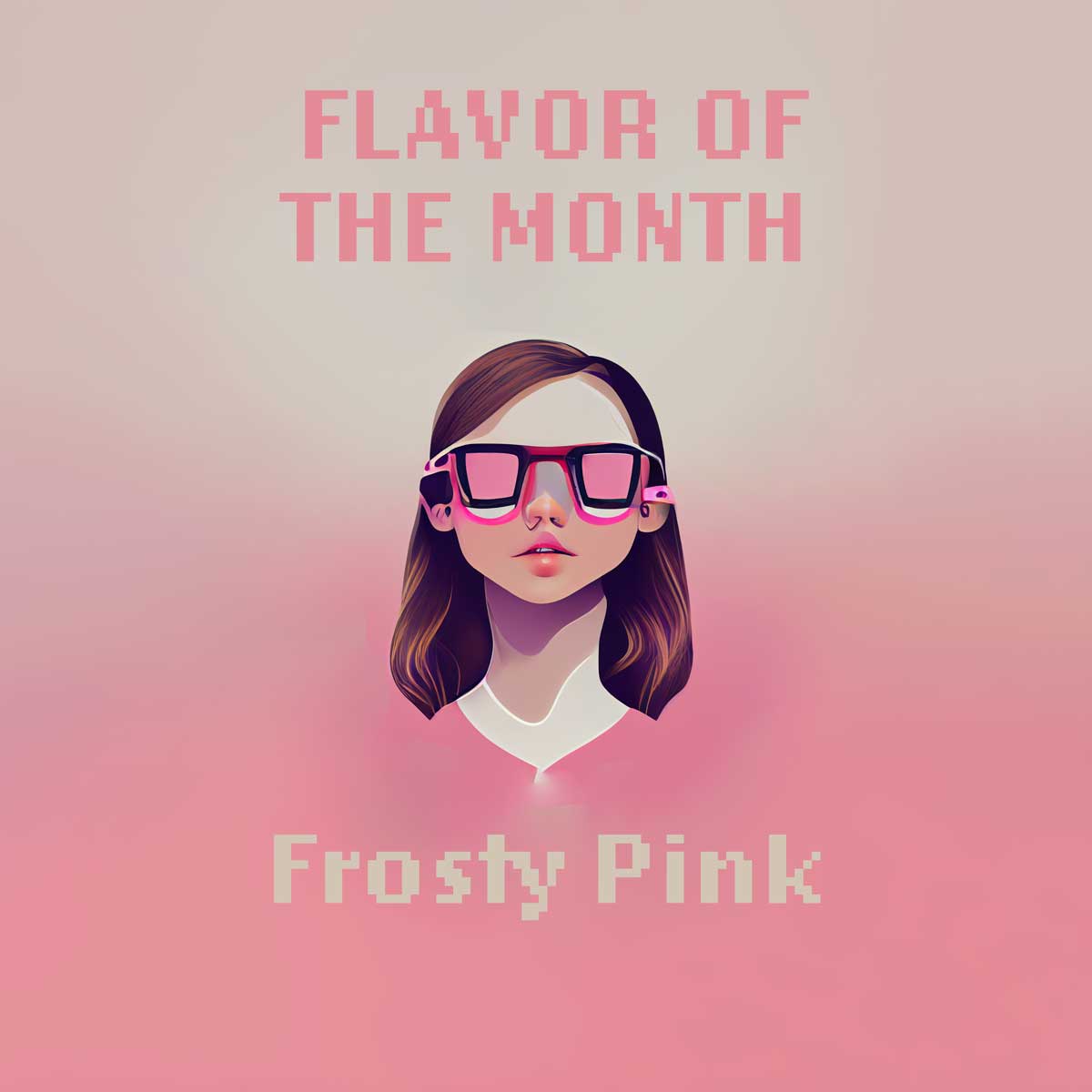
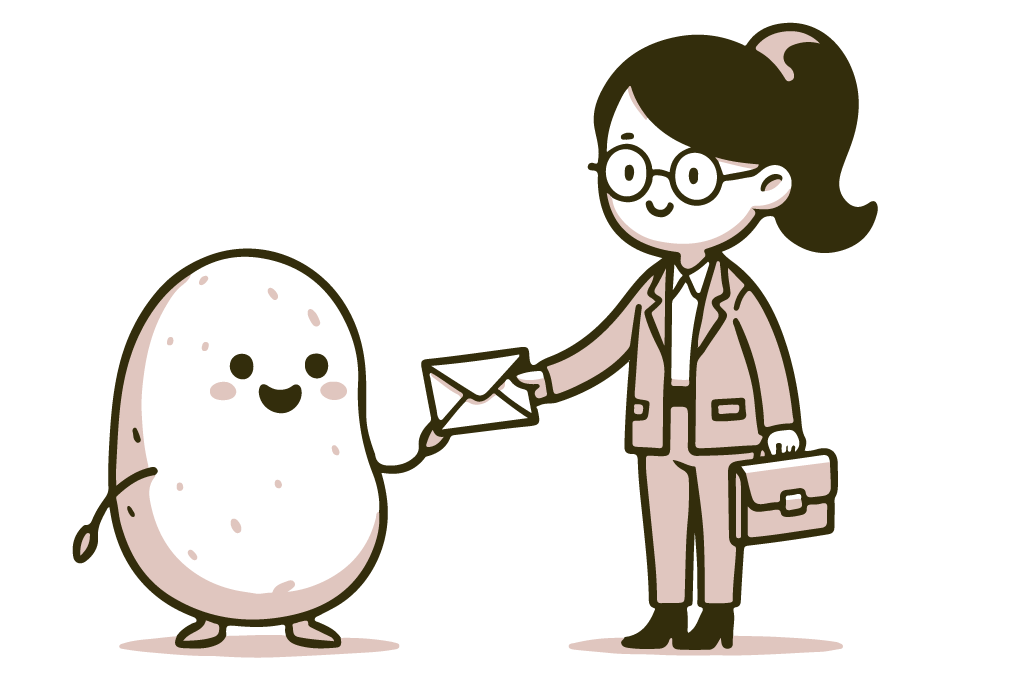



Leave a Reply